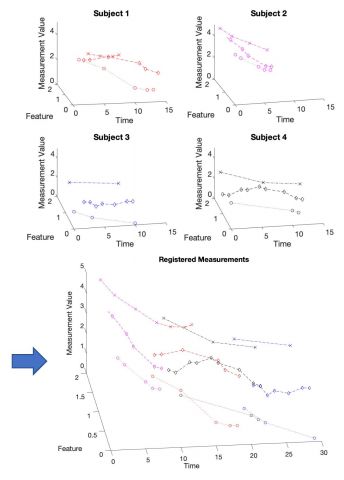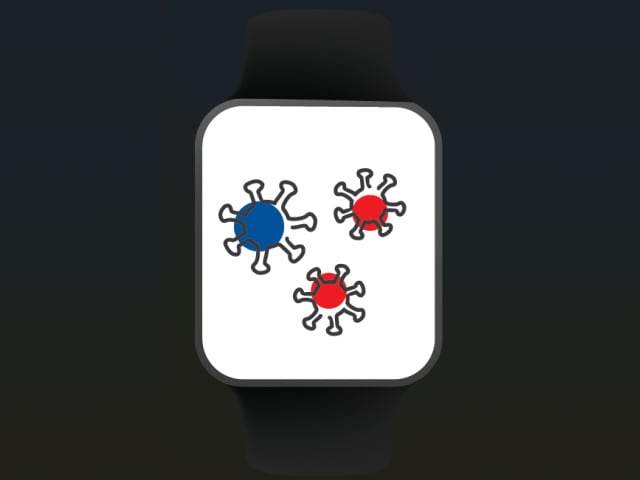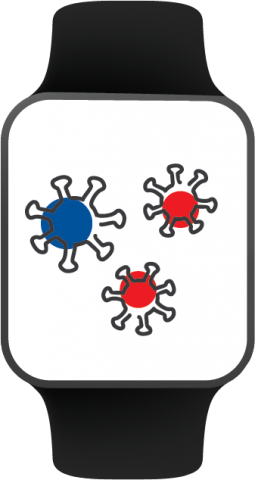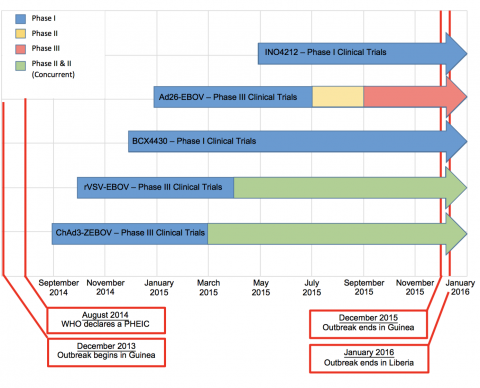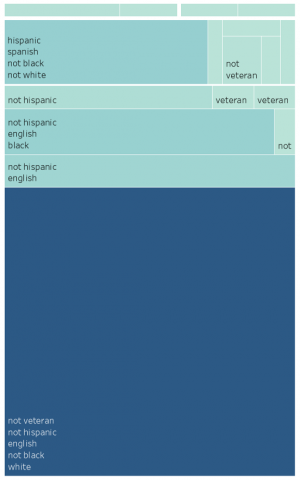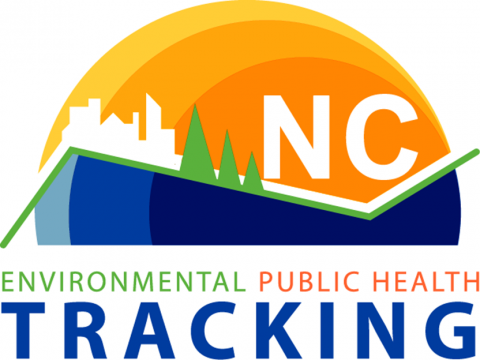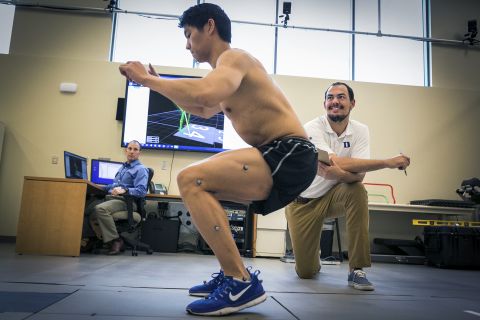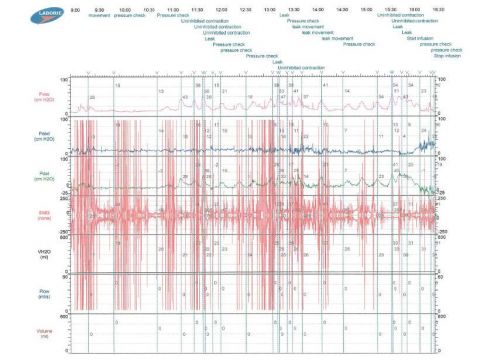Health Systems Operations Projects
A team of students led by Professor Anru Zhang (Duke Biostatistics & Bioinformatics, Computer Science, Mathematics, and Statistical Science) will develop methods to investigate the courses of complex diseases through electronic health records. The team will apply tensor methods to identify key features to register the patient’s timeline. This work...
A team of students led by researchers in the BIG IDEAs Lab will work to create a cloud-based infection detection platform that populates and translates wearable data from a variety of sources. The project will involve working with existing wearable data pipelines (e.g., APIs) to collect, process, and visualize wearable...
A team of students led by researchers at the Duke Center for Policy Impact in Global Health (CPIGH) will create a user-friendly interactive visualization tool to track the evolution of Universal Health Coverage (UHC) financing policies in the low- and middle-income countries. The students will use the UHC policy surveillance...
A team of students led by faculty from both Duke and Duke Kunshan will synthesize data from a variety of sources to investigate the social determinants of cancers in local areas, examine the impact of personal behaviors (such as diet, sleeping, exercise, smoking) and community characteristics (such as air/water/soil quality,...
Sean Fiscus (Math/Econ/EnvEng), Alyssa Shi (Stats), Yamil Lopez-Ruiz (BME/CS), Emmanuel Mokel (Stats/Math) spent ten weeks working with data from CovIdentify, a study that focuses on using wearables to predict and diagnose COVID-19 and the Flu. The team improved the memory efficiency of analytic pipelines, and added capacity to ingest different...
Over ten weeks, Biology major Jacob Sumner and Neuroscience major Julianna Zhang joined forces with Biostatistics Masters student Jing Lyu to analyze potential drug diversion in the Duke Medical Center. Early detection of drug diversion assists health care providers in helping patients recover from their condition, as well as mitigate the effects on any patients under...
This project summarizes the existing sample agreements from different institutions, analyzes the key contractual issues in the formation of alliances, and develops master charts of legal provisions to compare different approaches, to provide a reference for the formation of new alliances in the era of epidemic disease outbreaks. Key Contractual...
Paclitaxel (Taxol) is a small molecule drug belonging to the taxane family. It is one of the most commonly used chemotherapeutics, used for treatment of many cancers, as a monotherapy or in combination with other drugs to treat breast, lung and ovarian cancer as well as Kaposi’s sarcoma. Taxol is on the World Health Organization’s (WHO) List...
A new model is developed for joint analysis of ordered, categorical, real and count data. In the motivating application, the ordered and categorical data are answers to questionnaires, the (word) count data correspond to the text questions from the questionnaires, and the real data correspond to fMRI responses for each...
Our team members have spent the summer working with the North Carolina Division of Public Health Occupational and Environmental Epidemiology Branch to build a pilot environmental public health data dashboard, with the hope that the pilot tool will be used in DPH’s grant proposal to the CDC for a fully-funded...
Dima Fayyad (Electrical & Computer Engineering), Sean Holt (Math), David Rein (Computer Science/Math) spent ten weeks exploring tools that will operationalize the application of distributed computing methodologies in the analysis of electronic medical records (EMR) at Duke. As a case study, they applied these systems to an Natural Language Processing project on clinical narratives about...
Maria Henriquez (Computer Science, Statistics) and Jacob Sumner (Biology) spent ten weeks building tools to help the Michael W. Krzyzewski Human Performance Lab best utilize its data from Duke University student athletes. The team worked with a large collection of athlete strength, balance, and flexibility measurements collected by the lab. They improved the K Lab’s...
Dennis Harrsch, Jr. ( Computer Science ), Elizabeth Loschiavo ( Sociology ), and Zhixue (Mary) Wang ( Computer Science, Statistics ) spent ten weeks improving upon the team’s web platform that allows users to examine contraceptive use in low and middle income (LMIC) countries collected by the Demographic and Health Survey (DHS) contraceptive calendar. The...
Nathaniel Choe (ECE) and Mashal Ali (Neuroscience) spent ten weeks developing machine-learning tools to analyze urodynamic detrusor pressure data of pediatric spina bifida patients from the Duke University Hospital. The team built a pipeline that went from raw time series data to signal analysis to dimension reduction to classification, and has the potential...
A team of students collaborated with Biostatistics & Bioinformatics Professor Ethan Fang, and Fuqua Professor Yehua Wei to develop new algorithms for hospital scheduling. Optimal hospital scheduling will fully utilize the resource of the hospital and reduce the wait time of the patients. The new algorithm will lead to an...
Students collaborated with the research team of Dr. Kathleen Cooney, including prominent partners both at Duke and other institutes, to identify genetic variants likely associated with early onset prostate cancer in African American patients identified by the Metropolitan Detroit Cancer Surveillance System (MDCSS) cancer registry. Students analyzed whole exome sequencing...
Showing 1-20 of 28 results
